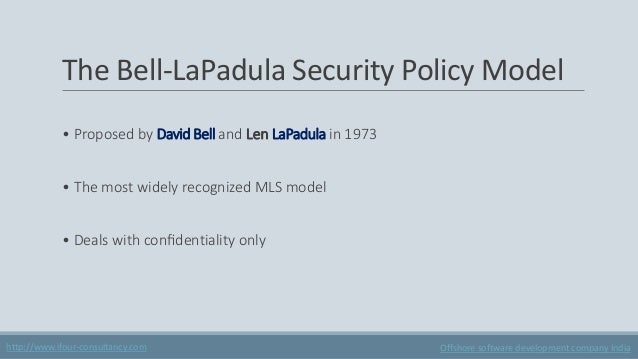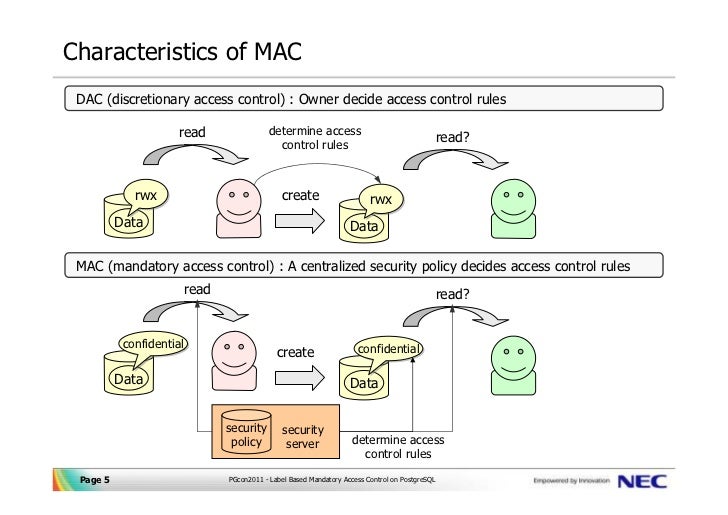
 Logical access control: limits access to computers, networks, files and other sensitive data, e.g. Physical access control: limits access to campuses, building and other physical assets, e.g. Regular audits minimize this risk.Īccess control can be split into two groups designed to improve physical security or cybersecurity: Over time, users can end up with access they no longer need, e.g. Audit: Frequently used as part of access control to enforce the principle of least privilege. Some systems will sync with G Suite or Azure Active Directory, streamlining the management process. Manage: Managing an access control system includes adding and removing authentication and authorization of users or systems. Access: Once authenticated and authorized, the person or computer can access the resource. For example, human resources staff are normally authorized to access employee records and this policy is usually formalized as access control rules in a computer system.
Logical access control: limits access to computers, networks, files and other sensitive data, e.g. Physical access control: limits access to campuses, building and other physical assets, e.g. Regular audits minimize this risk.Īccess control can be split into two groups designed to improve physical security or cybersecurity: Over time, users can end up with access they no longer need, e.g. Audit: Frequently used as part of access control to enforce the principle of least privilege. Some systems will sync with G Suite or Azure Active Directory, streamlining the management process. Manage: Managing an access control system includes adding and removing authentication and authorization of users or systems. Access: Once authenticated and authorized, the person or computer can access the resource. For example, human resources staff are normally authorized to access employee records and this policy is usually formalized as access control rules in a computer system. 
Authorization: The function of specifying access rights or privileges to resources.

It might involve validating personal identity documents, verifying the authenticity of a website with a digital certificate, or checking login credentials against stored details. Authentication: The act of proving an assertion, such as the identity of a person or computer user.Any access control system, whether physical or logical, has five main components: What are the Components of Access Control?Īt a high level, access control is about restricting access to a resource. Only those that have had their identity verified can access company data through an access control gateway. Access control is a method of restricting access to sensitive data.







 0 kommentar(er)
0 kommentar(er)
